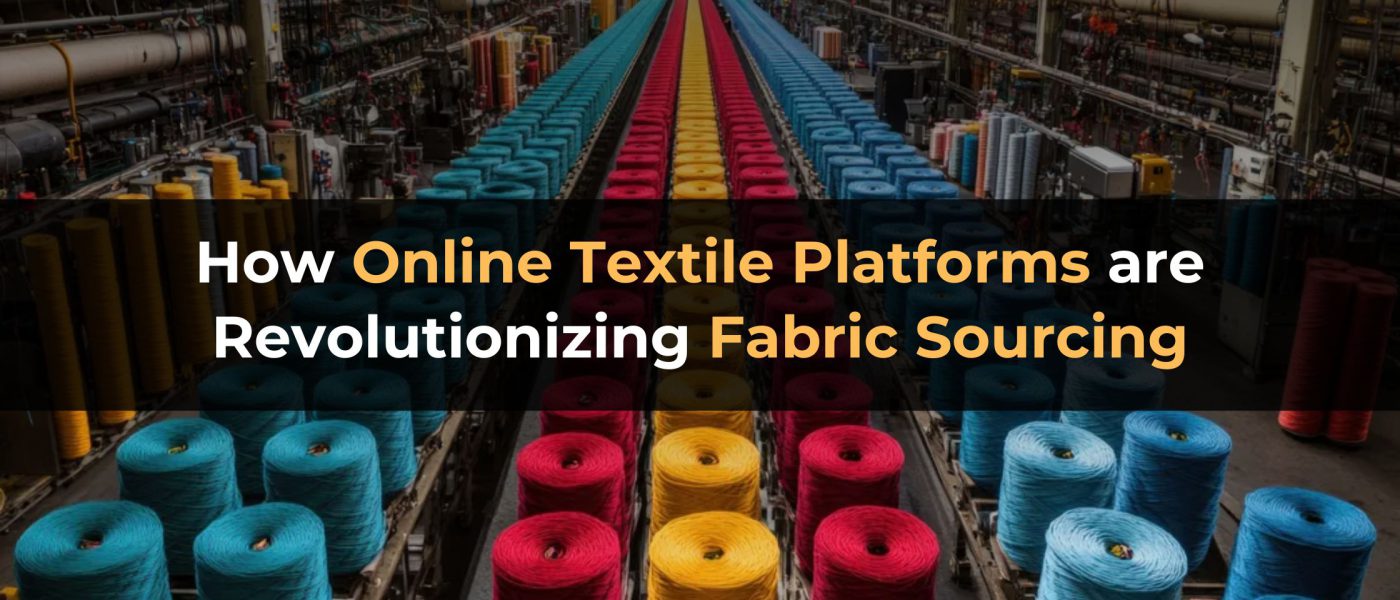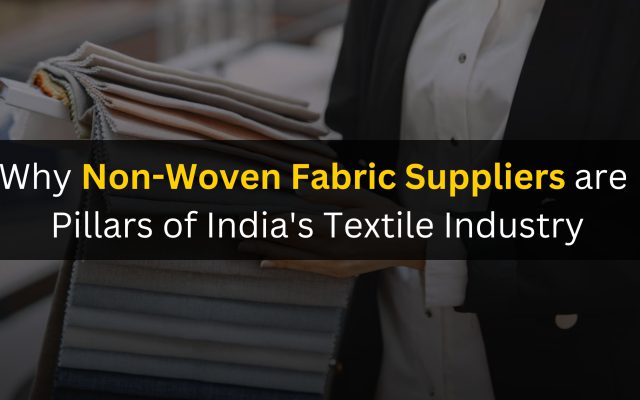Introduction
The rise of online textile platforms has revolutionized the way fabric sourcing is done. Traditionally, sourcing fabrics involved visiting physical markets, negotiating with suppliers, and dealing with logistics complexities. Today, platforms connecting buyers to fabric supplier India networks have simplified the process, making it faster, more efficient, and cost-effective.
In this article, we’ll explore how online textile platforms are transforming fabric sourcing and why they are the future of the textile industry.
The Need for Revolutionizing Fabric Sourcing
The traditional methods of fabric sourcing had several limitations, including:
- Time-Consuming Processes: Sourcing fabric required multiple visits to markets or supplier locations.
- Limited Transparency: Buyers had limited access to supplier credentials, making quality assurance challenging.
- High Costs: The involvement of intermediaries often led to inflated costs.
The emergence of online textile platforms addresses these challenges and provides innovative solutions tailored to modern needs.
Key Features of Online Textile Platforms
1. Wide Network of Verified Suppliers
Online platforms host a vast network of verified suppliers, ensuring quality and reliability.
- Suppliers are vetted for certifications and compliance with industry standards.
- Buyers can choose from a variety of fabrics, from cotton and silk to technical textiles.
2. Comprehensive Product Catalogs
These platforms offer detailed catalogs with specifications, images, and pricing.
- Buyers can filter options by fabric type, color, texture, and application.
- Access to trending and seasonal fabrics is readily available.
3. Transparent Pricing
With clear pricing structures, online platforms eliminate the guesswork involved in fabric sourcing.
- Buyers can compare prices across multiple suppliers.
- Bulk discounts and competitive rates make sourcing cost-effective.
4. Seamless Communication
Integrated messaging tools allow buyers to communicate directly with suppliers.
- Queries about customization, delivery, or bulk orders can be addressed instantly.
5. Secure Transactions
Online textile platforms ensure secure payments through trusted gateways, reducing the risk of fraud.
Advantages of Online Textile Platforms for Buyers
1. Efficiency and Convenience
Buyers can browse, compare, and place orders from the comfort of their homes or offices.
2. Access to Global Markets
Online platforms enable buyers to connect with suppliers from across India and even internationally.
3. Customization Options
Suppliers on these platforms often offer customization services to meet specific requirements.
4. Sustainability Focus
Many platforms feature eco-friendly fabrics, helping buyers meet sustainability goals.
5. Reduced Costs
By eliminating intermediaries, online textile platforms make fabric sourcing more affordable.
How Fabric Supplier India Networks Benefit
The rise of online textile platforms has significantly benefited fabric supplier India networks by:
1. Expanding Market Reach
Suppliers can connect with domestic and international buyers, increasing sales opportunities.
2. Streamlining Operations
Digital platforms simplify inventory management, order tracking, and logistics.
3. Enhancing Credibility
Being listed on trusted platforms adds credibility, attracting more buyers.
4. Supporting Sustainability
Suppliers can showcase eco-friendly options, meeting the growing demand for green textiles.
5. Building Long-Term Partnerships
Online platforms foster stronger relationships between suppliers and buyers through transparency and reliability.
Challenges Faced by Fabric Suppliers on Online Platforms
While the advantages are clear, suppliers face challenges such as:
- Intense Competition: The availability of multiple suppliers can lead to price wars.
- Adaptation to Technology: Smaller suppliers may struggle to adapt to online systems.
- Quality Expectations: Suppliers must consistently meet high-quality standards to retain buyers.
Future Trends in Online Textile Sourcing
1. Blockchain Technology
Blockchain ensures transparency in the supply chain, allowing buyers to trace fabric origins.
2. AI-Powered Recommendations
Artificial intelligence will enhance fabric recommendations based on buyer preferences and past purchases.
3. Virtual Reality (VR) Showrooms
VR technology will enable buyers to view and inspect fabrics digitally, offering an immersive experience.
4. Focus on Sustainability
Platforms will increasingly highlight sustainable fabrics, catering to eco-conscious buyers.
5. Integration of IoT
The Internet of Things (IoT) will streamline logistics, ensuring timely deliveries and efficient inventory management.
Tips for Successful Fabric Sourcing Online
- Choose Verified Platforms: Opt for platforms like TEXchange Global that feature trusted suppliers.
- Request Samples: Evaluate fabric quality before placing large orders.
- Compare Suppliers: Use reviews and ratings to identify reliable partners.
- Understand Policies: Review return, refund, and shipping policies to avoid surprises.
- Communicate Clearly: Discuss customization and bulk requirements with suppliers in advance.
Conclusion
Online textile platforms are transforming the fabric sourcing process, offering unparalleled convenience, transparency, and efficiency. By connecting buyers with fabric supplier India networks, these platforms cater to the growing demands of modern businesses.
As the textile industry embraces digital innovation, the future of fabric sourcing lies in leveraging online textile platforms. Whether you’re a small business or a large-scale manufacturer, these platforms provide the tools and resources needed to simplify sourcing while maintaining high standards of quality and sustainability.




